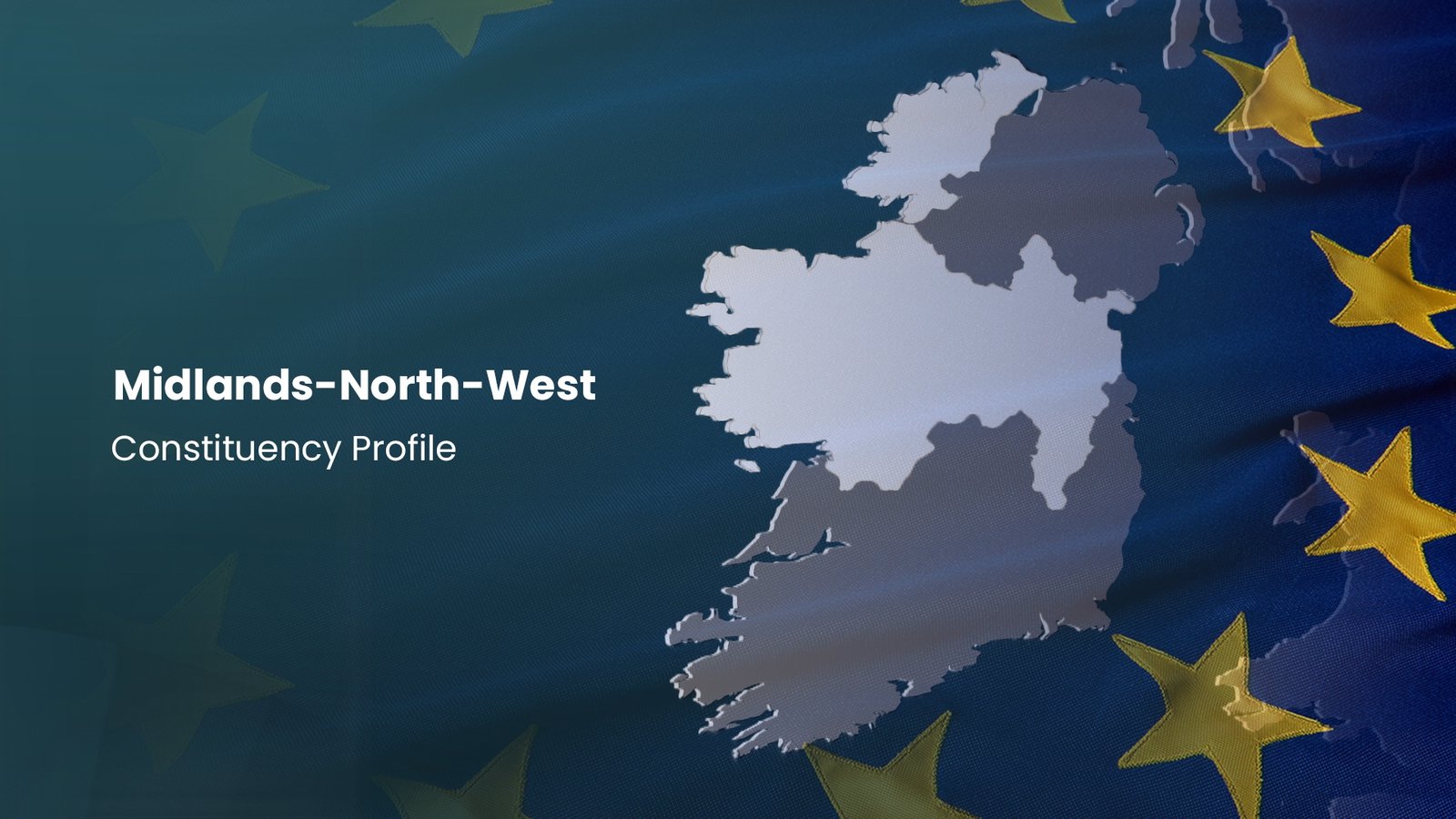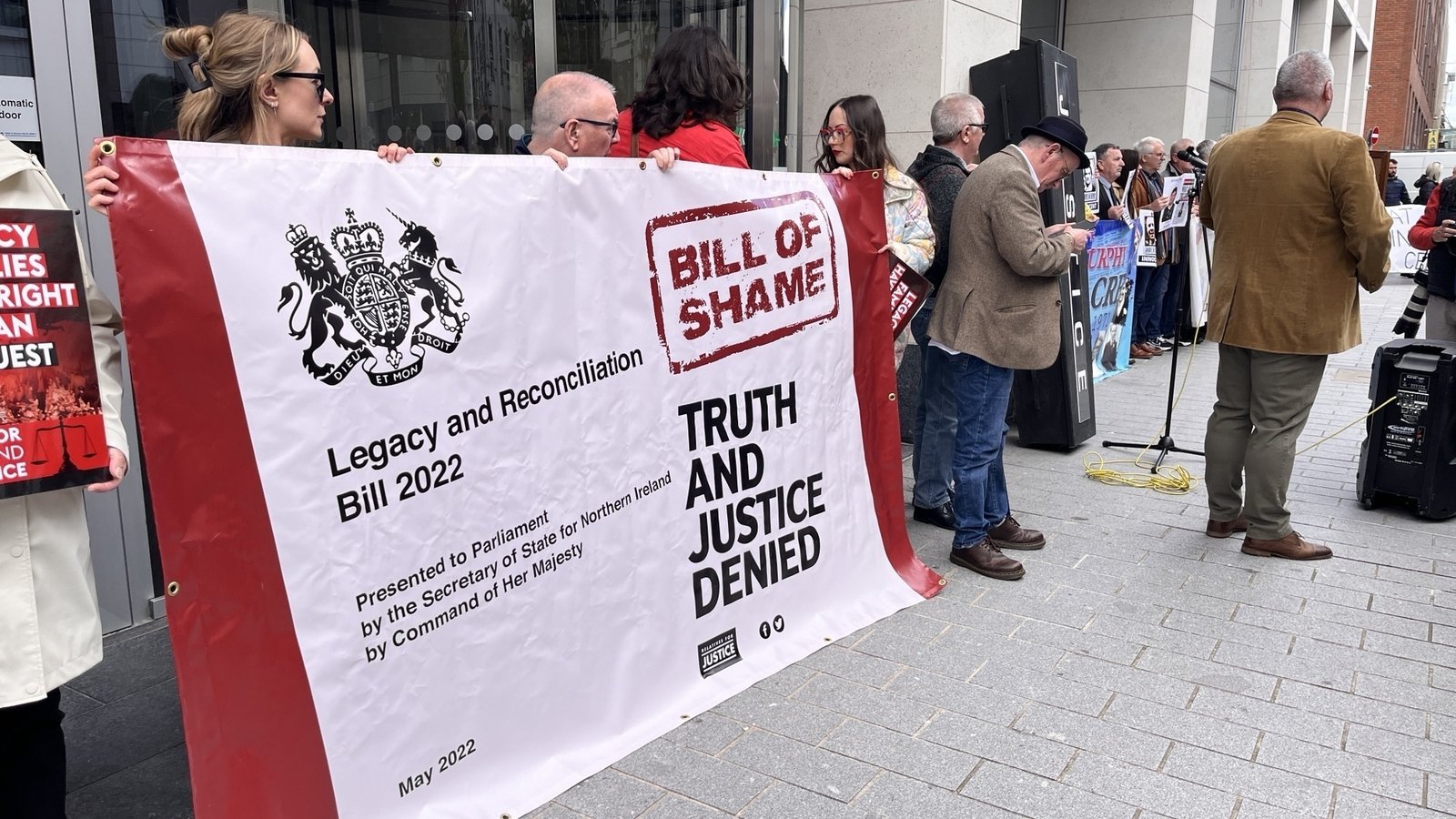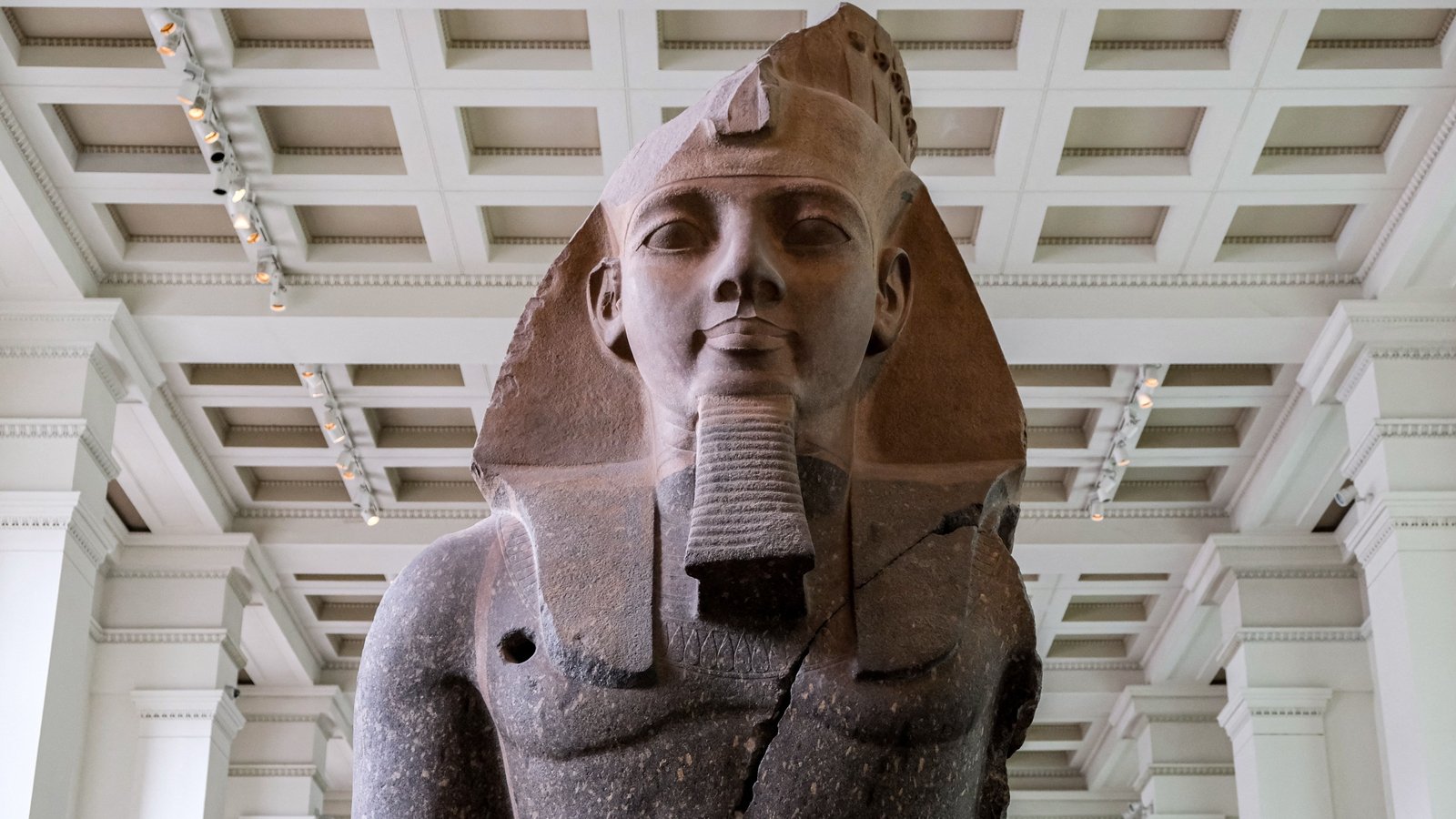Divided opinion over proposed ban on inshore trawling
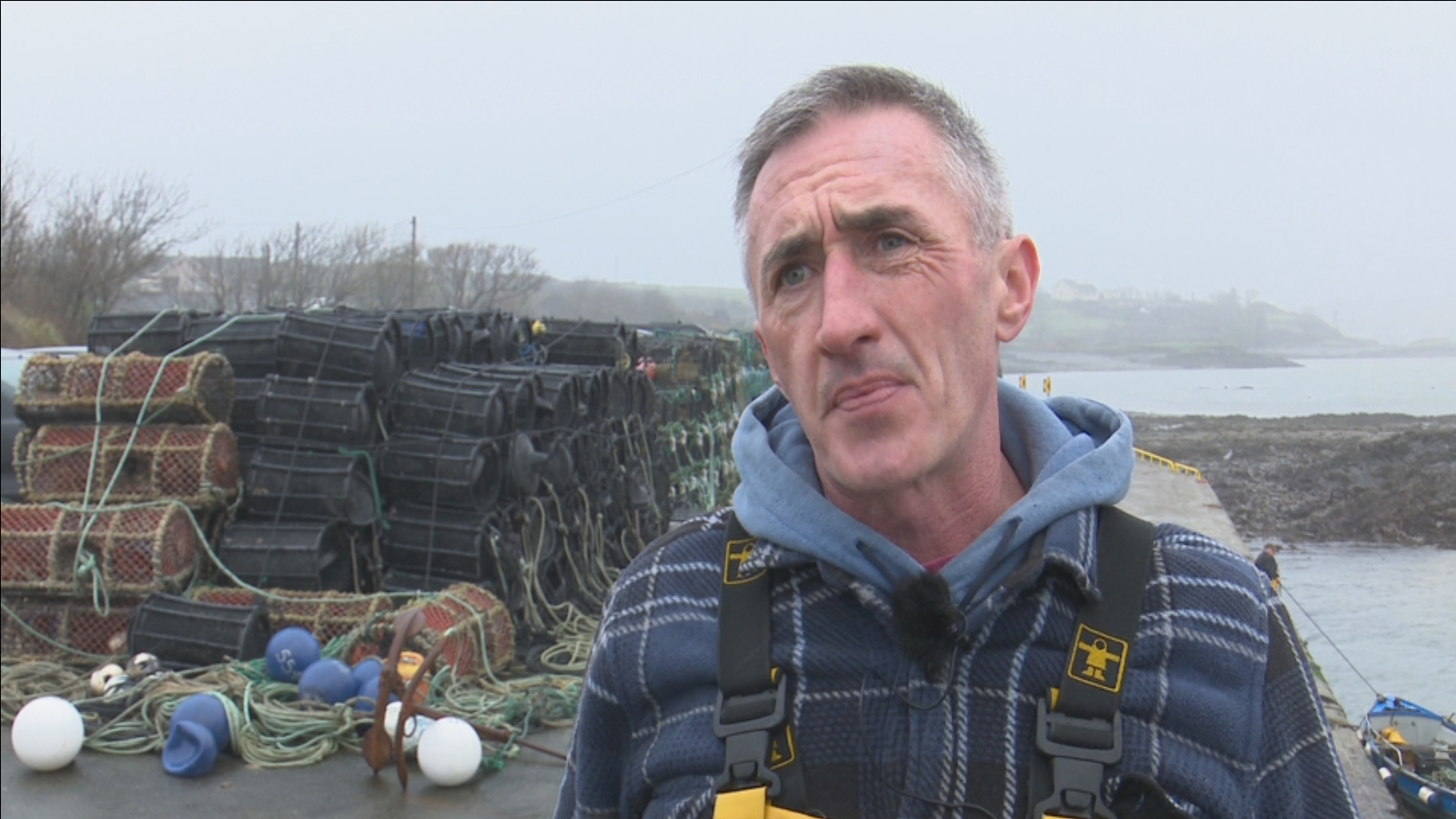
Banning large trawlers from fishing within the coastal 6 nautical mile zone is one of the options for consideration in a new public consultation on managing inshore waters.
It is an emotive topic that has divided fishermen, environmentalists and NGOs, but all now have the opportunity to make their views known.
On a damp morning on Cunnamore more pier in west Cork, halfway between Skibbereen and Ballydehob, Michael Desmond is repairing crab pots in preparation for when the market for crab becomes active again.
An inshore fishermen with a small boat, he says he and his colleagues have been left without income for months after they lost out to bigger boats when quotas were renegotiated last December, which coincided with a collapse in the market for crab and shrimp.
Inshore boats under 18 metres make up 95% of the fishing fleet, but take less than 10% of the national catch.
Through the National Inshore Fisherman’s Association, Michael supports a ban on trawlers over 18 metres coming into the six nautical mile zone.
“This would be vitally important for us. It worked in Norway, it worked on the West coast of Africa so it should work here. The reason we backed it was because there was a survey done by BIM, which showed that the larger boats in the fleet, the over 18 metre boats, made less than 2% of their annual income from the inshore waters while our inshore boats are economically dependent on the waters closer to the shore because we don’t have the ability to go further out.”
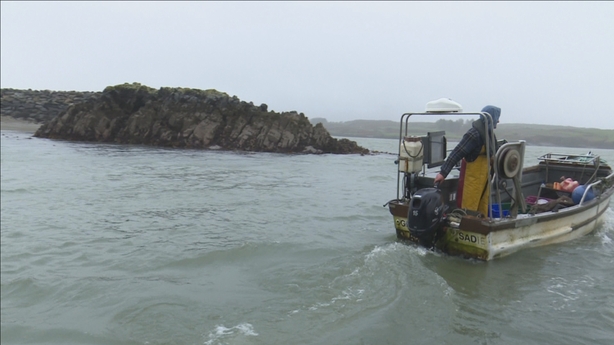
The presence of large trawlers working within the six nautical mile limit is most apparent when two particular boats come into bays and natural harbours in pursuit of huge volumes of spratt that mass during the winter months.
The spratt and anything else caught in the boat’s small mesh nets, while in inshore waters is generally destined for fish feed.
The Irish South and West Fish Producers Organisation says fishing is what fishermen do and they oppose any ban on larger boats.
Patrick Murphy is CEO of the ISWFPO: “I think it’s ill-conceived, I think there’s not an awful lot of thought put into this because everybody thinks of the big, huge trawlers that are catching one species of fish called spratt, but this is going to affect every single boat over those sizes.
“And when you look at the actual data, it’s very little that these boats are catching inside these areas but they catch it when they need to catch it. They don’t go inshore unless force majeure forces them in there or species that they cannot catch outside the six miles such as herring, and spratt and there’s new opportunities coming in ….anchovies and pilchards and you’re telling boats now that you can’t access this. You can bring in sustainable measures for protecting the stocks, but it cannot be discriminatory.”
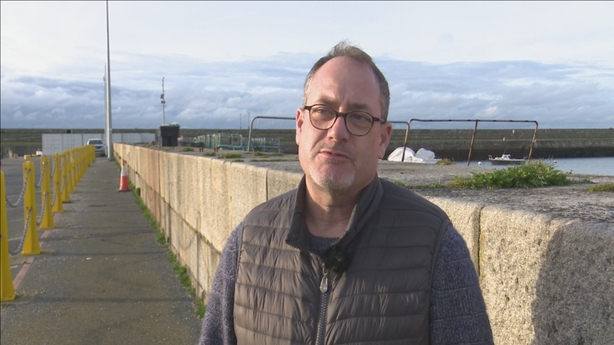
Back in 2020, the Government introduced a ban on 18 metre trawlers in the six nautical mile zone in response to those large boats with huge catching capacity working so close to shore.
Two fishermen sought a judicial review of that ban in the High Court and as a result it was quashed, allowing larger boats to continue.
Four years ago, a wide range of environmental NGOs had expressed support for the ban on larger trawlers and many are set to do so again, as part of this new public consultation.
Dolph D’hondt is based in Bantry and a spokesperson for CoastWatch.
“Well, I think the original measure was a very good one. It had the full support of both the environmental NGO sector and the inshore fishing sector and I think it was it was very good. If we could go back to that I think it would have a lot of support and would probably be the best conservation measure in Irish waters that we would have at this point. It’s very important from the biodiversity point of view and do need conservation of this area.”
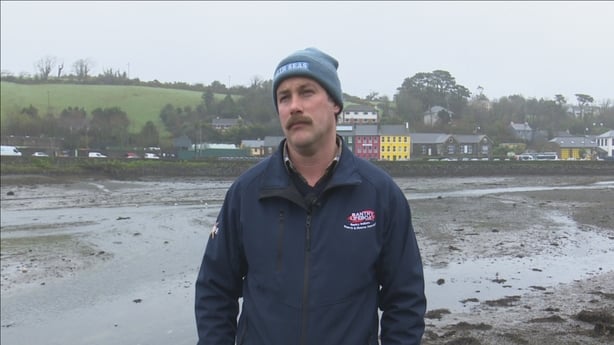
The public consultation is open until 12 April. Views are being sought on maintaining the status quo, banning pair trawling, where boats work together, excluding all trawling in the zone by boats over 18 metres or by boats over 15 metres.
A similar consultation that took place prior to the 2020 ban received 900 submissions.


